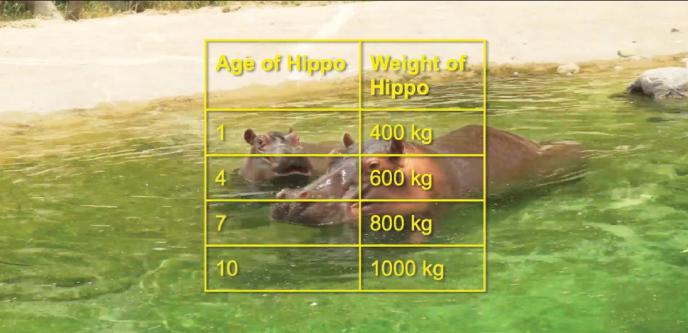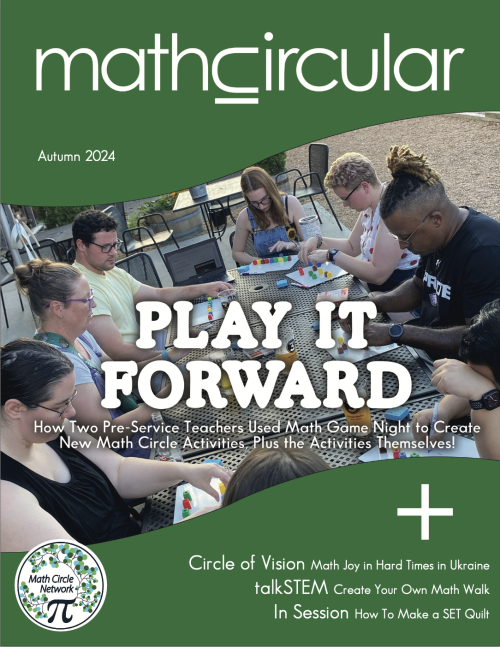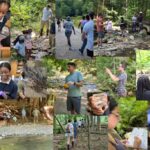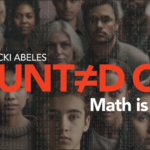We were delighted to collaborate with the Math Circle Network, a special project of the American Institute of Mathematics, in June, 2024 when our founder and CEO, Dr Koshi Dhingra, led a webinar open to all math circle leads from across the nation. We are grateful to the Math Circle Network for the kind invitation to share about talkSTEM’s math walk videos in our video library as well as our open source math walk guides that allow all educators and students to create their own math walks anywhere, using our methods. We had such a great conversation with the math circle leaders who attended the webinar that it led to another kind invitation to share about Math Walks in the Autumn 2024 issues of MathCircular magazine, published by the Math Circle Network.
What is a Math Circle? From the network’s website, “Math Circles are communities focused on the enjoyment of mathematical problem solving. Meetings are lively, interactive, and often “funstrating”: challenging, but in a highly rewarding way! Math Circles can take many forms, including after-school programs for students (Math Student Circles), professional learning communities for teachers and mathematicians (Math Teacher Circles), or groups of parents or families who want to become more involved with mathematics education (Family Math Circles).” There are hundreds of math circles across the United States. Learn more on MathCircles.org.
How did we get to collaborate with the Math Circle Network? It’s worth sharing that Dr Dhingra connected with the Director of the network thanks to a third organization, Beyond100K. talkSTEM is honored to be a member of Beyond 100K, which “unites leading STEM organizations to co-develop and implement solutions that will end the STEM teacher shortage by 2043, especially for those most excluded from STEM opportunities” (from their website).
We are excited to share the article in the autumn issue of MathCircular magazine but we are equally pleased to share the tale of how it came to be. This type of connection-making and sharing of ideas and resources with the common goal of growing equity in STEM education so all children can be engaged in math and science is how rapid progress can take place. We are grateful for this partnership opportunity as we are for our collaboration with Dr. Jose Constantin and his team at Williams College, which you can read about in this recently published article. At talkSTEM, we are grateful for the special projects that result from use of our open-access resources and methods in varied settings and for diverse populations. These are only possible thanks to the innovative mindsets of amazing educators who work hard to engage all students in math, science, and STEM/STEAM. We invite all interested groups and organizations to use our open-source resources, which you can read about in the MathCircular article that follows, and to reach out with any questions.
Here is an excerpt from the article that was recently published in MathCircular. We hope you will read the entire article, using the link provided below:
talkSTEM is a non-profit organization with the mission of fostering engagement in Science, Technology, Engineering, and Mathematics (STEM) in all children. Our approach centers on place-based learning so that students see the relevance of STEM in their local communities and environments.
In particular, we use mathematics, as the language of STEM, to design virtual walking tours (“math walks” or “STEM walks”), and we see the development of quantitative mindsets that are curious as the key pathway in our mission. Our vision is a world where Math Circles, other out-of-school learning groups, and schools all participate in taking and making math walks, whether in person or virtually.
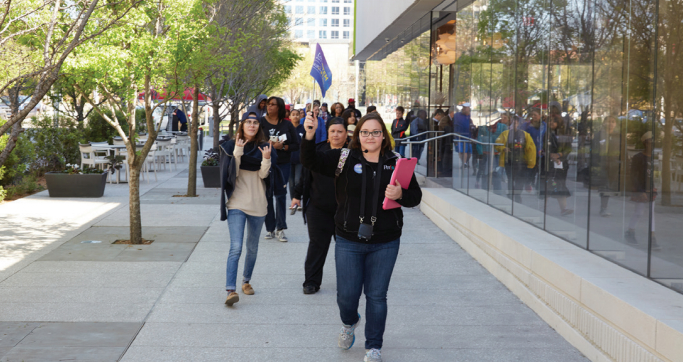
Any place is a great place for a math walk, including parks and nature centers, downtown neighborhoods, iconic structures in public spaces, airports, zoos, museums, and school and college campuses. Each stop on a math walk centers on a specific observation-based question in that location. For example, some questions from math walks we’ve developed include:
- What’s mathematical about trees?
- How did the artist add color in this mosaic?
- How much water is conserved by use of this rain barrel?
We arrive at these questions by using our design frameworks. Research shows that this type of mathematical problem-posing is a fertile educational practice where learners generate and often solve their own mathematical tasks, becoming the author of mathematical connections that describe the world around us.
To give a more detailed example, one of our stops at a zoo is at a multi-species habitat, Giants of the Savanna. In this stop, we pose the question, “Is there a mathematical pattern in the way quadrupeds walk?” We respond to the question by observing the ways that the animals in the habitat walk, and we also consider some science connections as to the why behind what we see. In this way, we connect the math topic of patterns to other real-world phenomena.
